Coastal Marine Opportunities
A place to match our platform to the market
This page explains our view on the value of the coastal marine sector for early revenue opportunities for the Sky Hopper project. We explain our thinking and what we are doing to make this happen. We are guided in our ideas by our recent discussions at the exhibition of the Marine Alliance of Scientists and Technologists for Scotland where we showed our Sky Hopper demonstrator in public for the first time.
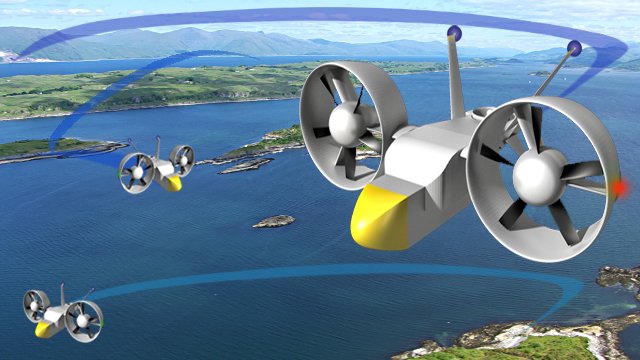
1. Not many people there
Sky Hopper can enter an area and fly low and slow; “hopping” from one location to the next. But to do this we need to prove a safety case. That means we have to learn our trade in remote areas. Scotland is a good place to be for these early “learning” sorties. We will always have to meet the requirements of the regulators on safety and prove that we can fly safely in adverse weather conditions.
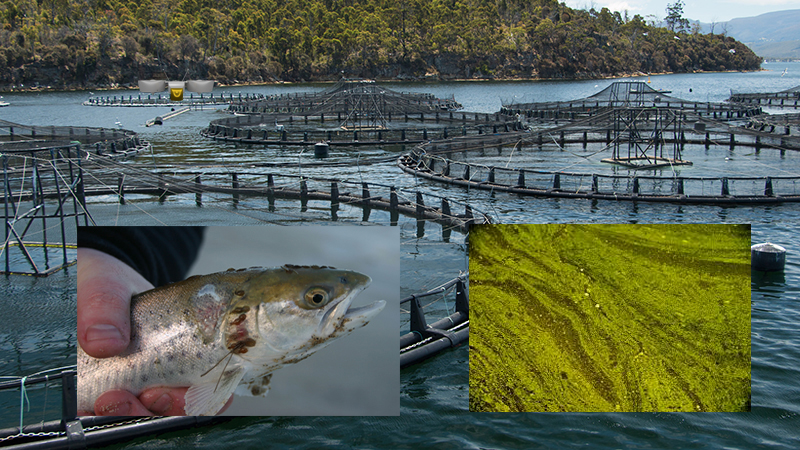
3. Existing markets – surveying and surveillance
Economies that live from trade in natural resources need knowledge about their local eco-systems. An aerial system can add value for resource management. As one example, algae blooms or sea lice as pictured above can threaten fish farms; wiping out stocks. Sky Hopper can provide over-flight early warnings of algae, or we can collect lice and blood specimens for rapid laboratory analysis. Forestry and farming already benefit from the use of light drones today, but Sky Hopper can take these capabilities to a new level.
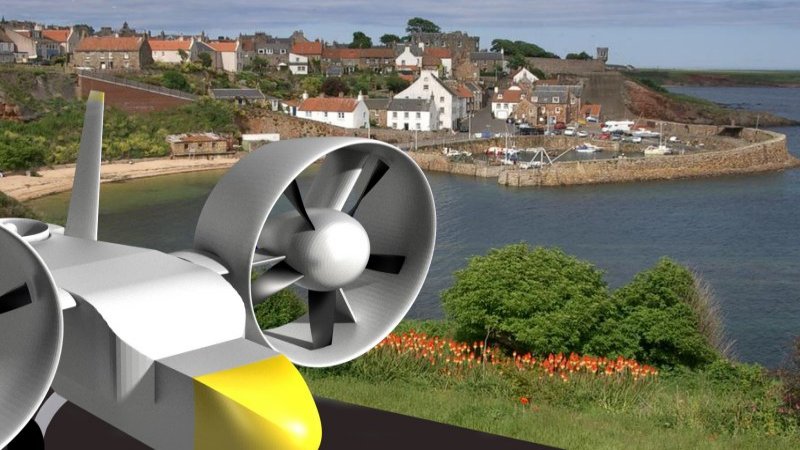
2. But it isn’t empty
Living in isolated communities requires a mix of self-reliance and trade dependency. Communities do as much as they can for themselves, but to stay economically viable they have to be productive, creating wealth from local resources that allow them to trade with the wider world. The more efficient the transport infrastructure, the more effective it can be in supporting localities.
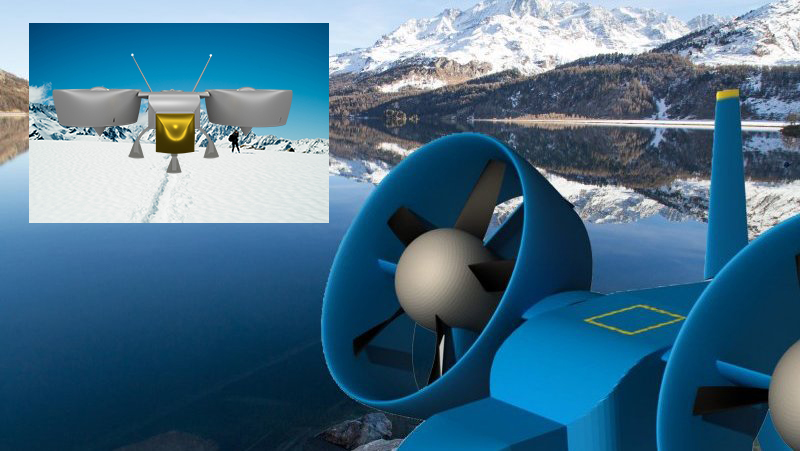
4. Existing markets – enabling science.
Working in isolated areas in the cold, or heat, in fast-moving tides or in deep water, is often dangerous. Sky Hopper can offer support for these important scientific investigations. We have had discussions about estuarial mud studies, kelp sampling, data collection in offshore waters, mapping of sea shore vegetation and collection of data on coastal plastic flotsam or nano-plastics in water suspension or mud emulsions. We have even been asked if we could provide a hot lunch to Arctic explorers! (It’s so that they don’t need to take their gloves off in minus thirty degree temperatures.)
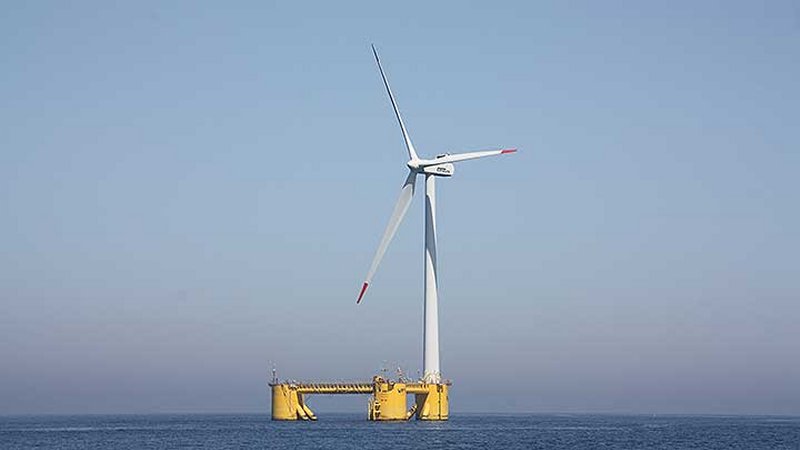
5. Supporting markets – keeping infrastructure going
Offshore and coastal infrastructure is often difficult to access. Three people on a slow boat to a facility is a standard minimum. And if they don’t have the right tools to do what is needed, that can mean four low-speed journeys just to get the right spanner to the right place. We can make servicing and maintenance more productive and a lot less costly.

6. Supporting markets – helping local traders
Living on the edge means living at the mercy of equipment failure. Revenue lost from the simplest issue – a broken propeller gland, a wrecked radar unit, or a failed engine starter threatens livelihoods. Rapid replacement of mission critical parts can be introduced by developing local fast replacement delivery markets.
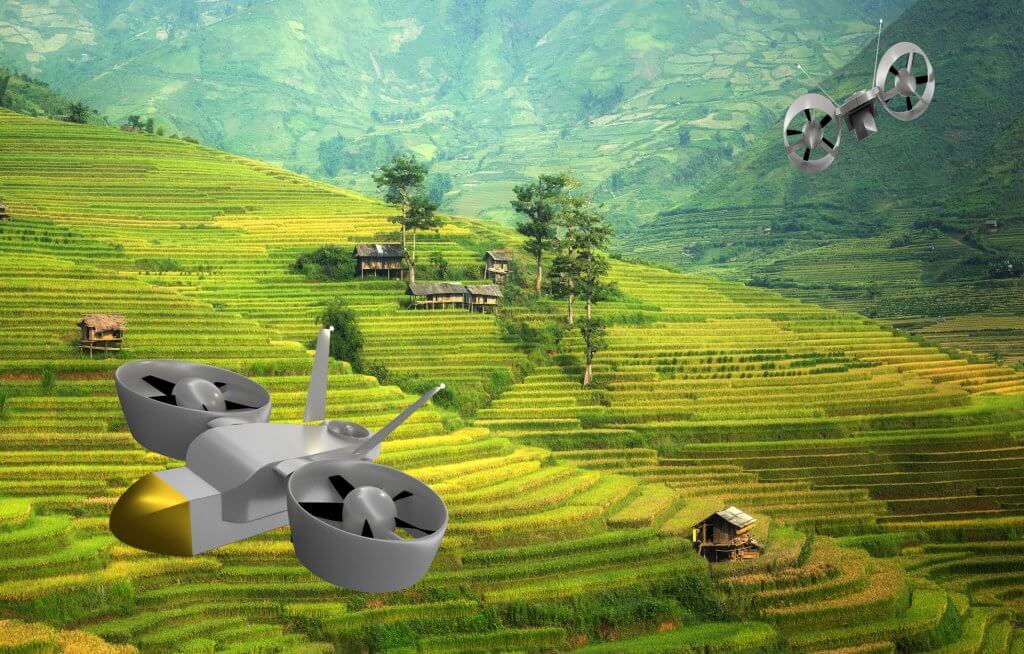
7. Wider horizons
We intend that lessons learnt in the UK through the use of Sky Hopper are taken worldwide; based on the experience of working in Britain’s highly specialised market and often quite difficult weather conditions. Once we have made our safety case here in the UK, the world will open up to us for new missions. Vegetation surveys, crop analysis, herd studies, water course surveying, soil erosion; all of these are mission capabilities that we have already been asked about. Our increased capability leads to increased opportunities.
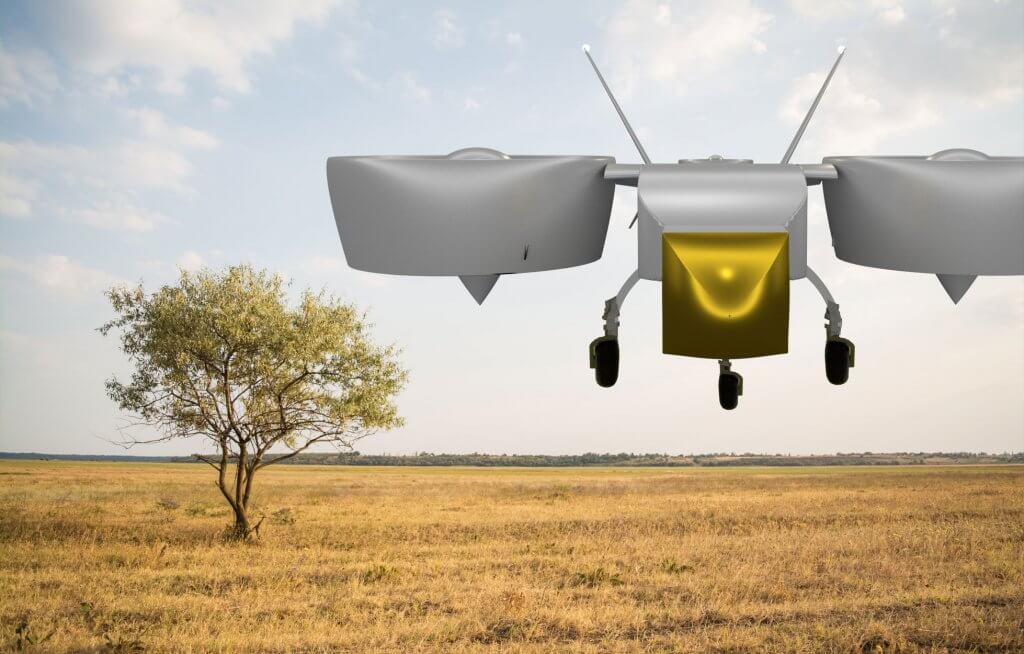
8. Supporting those in need
Across the world, many people face imminent danger – from lack of water and food, the need for medicine, through meteorological catastrophe to human disasters involving strife and conflict. If a fast, easy to instigate, aerial transport system can be brought to areas that are in need, we can help to ameliorate some of the worst effects of dangers that so often generate human suffering. The permanent presence of such a support system can help reduce the incidence of adverse outcomes simply by ensuring that natural and human eco-systems work in harmony.

9. Small things matter
Grand schemes take a long time to plan and mature. The Sky Hopper project is focussed on the small things that matter in people’s daily lives; there is a role for us as a specialist delivery system, but doing what is needed better and faster. Whether it is blood samples, special tools, urgently needed spares or exotic foods for rich people’s table does not matter. The presence of a mid-mass capability in areas where local communities service and supply larger communities is what excites us – we can be the lubricant for economic progress – especially in places where existing transport infrastructure is inadequate.
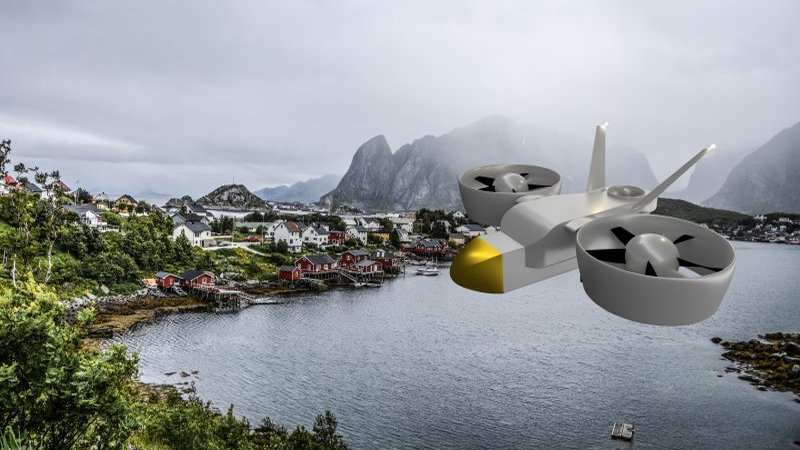
10. Evolving our capability – staying commercial
Our first vehicle is aimed at existing markets for the use of drones with an expanded capability. The earlier we build extended mission experience the better, the regulatory pathway is only now being developed and is not yet mature; we plan to be party to the way it develops, contributing for UK industry as a market leader. We envisage a gradual evolution into infrastructure support and then more general cargo carrying; in each case we will also evolve our vehicle platform to higher mission payloads and greater cruise speed and duration. The market for UAV uses is projected to rise to many billions in revenues within a decade.
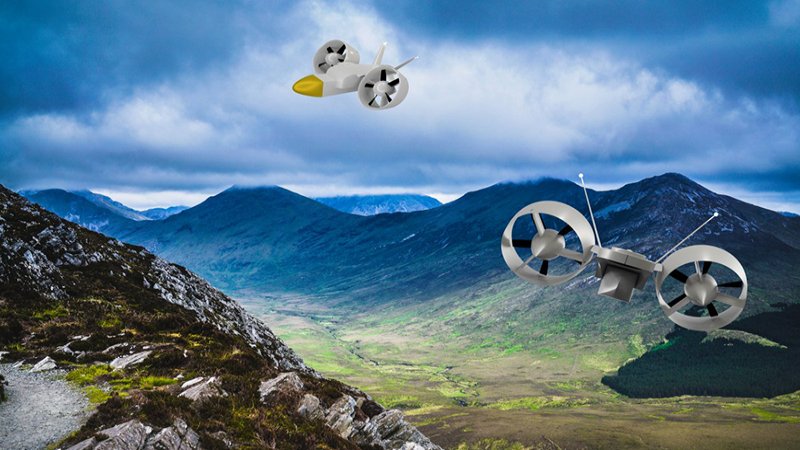
Getting down to business
Our next step is to get to first flights with a minimum viable product. We will be formally engaging with the regulators to develop our safety case for commercial flights. We plan to seek out early revenues from our initial capabilities and prove the Sky Hopper business case. From that we plan to extend both our vehicle capabilities and hence our mission capabilities based on discovered revenue opportunities. This will involve a series of variants of Sky Hopper platforms designed for specific purposes:
- A short-range unusual load lift vehicle platform.
- An extended range vehicle for long-duration cruise missions.
- A heavier vehicle for higher payload cargo deliveries.
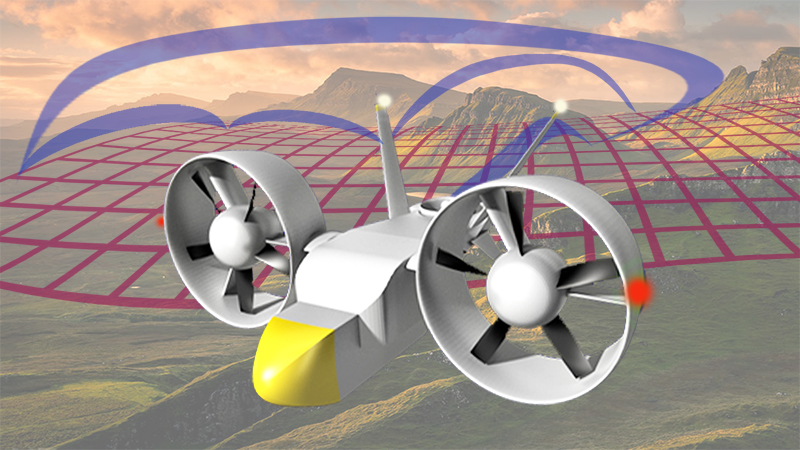
Making the business happen
By developing our early demonstrator and seeking market collaborators we plan to prove our business case. As we evolve, we will always have to integrate the vehicle platform, the mission capability and the regulatory requirements. That’s why we have to develop in a step-by-step fashion; proving each level of ability as we go.
And this is why we are beginning this development with a first equity release to fund our next step towards an initial viable revenue earning product. We know how to build Sky Hoppers, through the winter of 2018 and the early part of 2019 we will be testing a first tethered flight vehicle while refining our first production design.
Equity release is underway for investors. Why don’t you take part in this fascinating UK innovation project by becoming an investor and equity holder? You can find out more about our special syndicated pledge approach on our funding page.
And remember … please tell a friend or professional colleague about us and what we are doing. You can find briefing about the Sky Hopper equity offer here to send on and an explanation about the vehicle here.
Please now go to our funding page to find out how you can own an equity share in our project. At this stage there is no initial cost to you; your pledge to purchase blocks of shares will only be called in when we reach specific targets. Find out more here.
